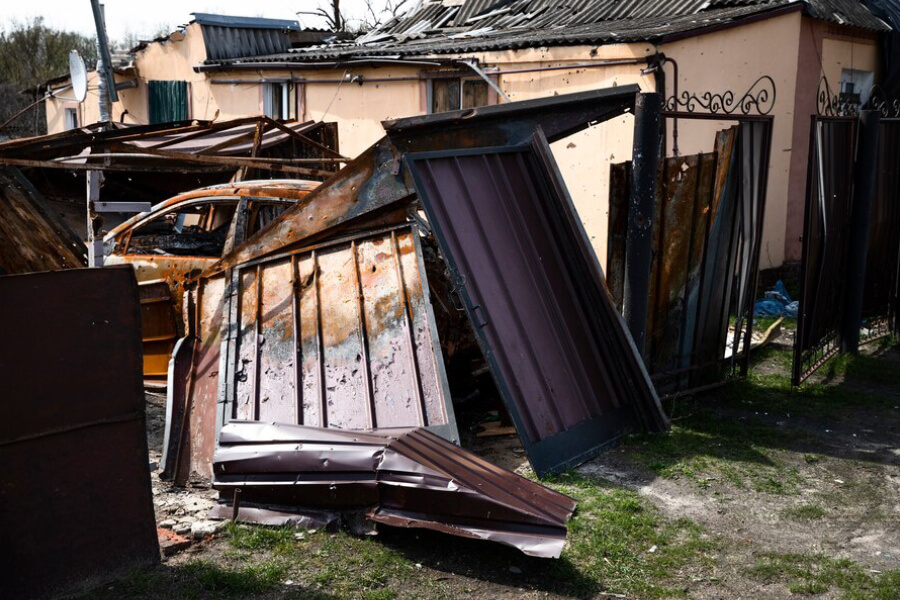San Antonio, known for its rich history and vibrant culture, is also familiar with the challenges of flash floods. The city’s location in “Flash Flood Alley” makes it particularly vulnerable to sudden, powerful surges of water. This article offers practical tricks and tips for efficient flash flood cleanup in San Antonio, helping you restore your property quickly and safely.
Understanding San Antonio Flash Floods
- Occur rapidly, often with little warning
- Can be triggered by intense rainfall or dam/levee failures
- Common during spring and fall, but possible year-round
- Affect both urban areas and the surrounding Hill Country
Immediate Actions Post-Flood
Ensure Safety First
- Wait for official all-clear before re-entering property
- Watch for hidden dangers like electrical hazards or contaminated water
Document the Damage
- Take photos and videos for insurance claims
- List all damaged items and areas
Contact Professionals
- Call a water damage restoration company near me immediately
- Notify your insurance provider
Quick Tricks for Water Removal
Use a Wet/Dry Vacuum
- Ideal for removing water from carpets and hard surfaces
- Empty frequently to maintain suction
Deploy Pumps Strategically
- Use submersible pumps for areas with deep standing water
- Direct water away from the property’s foundation
Squeegee Technique
- Push water towards drains or pumps
- Effective on concrete floors in garages or basements
Bucket Brigade
- Organize a team to manually remove water using buckets
- Useful when electricity is unavailable for powered tools
Leverage Gravity
- Create pathways for water to flow naturally out of the property
- Use sandbags to direct water flow if needed
Drying and Dehumidifying Tricks
Crossflow Ventilation
- Open windows and doors on opposite sides of rooms
- Use fans to create strong air currents
Dehumidifier Placement
- Position dehumidifiers in the center of rooms
- Empty water reservoirs regularly or set up continuous drainage
Use Absorbent Materials
- Place cat litter or sawdust on damp areas
- Use old towels or blankets to soak up excess moisture
Elevate Furniture
- Place wood blocks or aluminum foil under furniture legs
- Allows air to circulate and prevents further damage
Remove Wet Items
- Take out waterlogged carpets, upholstery, and insulation
- Speeds up drying process and prevents mold growth
San Antonio-Specific Cleanup Considerations
Limestone Bedrock Challenges
- San Antonio’s limestone bedrock can lead to rapid runoff
- Pay extra attention to foundation areas during cleanup
Hot, Humid Climate
- Utilize San Antonio’s warm weather for natural drying
- Be cautious of increased mold risk due to high humidity
Local Regulations
- Familiarize yourself with San Antonio’s flood cleanup guidelines
- Properly dispose of flood-damaged items at designated sites
Professional Assistance
While DIY efforts are crucial, professional help is often necessary:
Water Mitigation Services Near Me
- Offer industrial-grade equipment for efficient water removal
- Provide expertise in dealing with contaminated floodwater
Water Extraction Company Near Me
- Specialized in rapid water removal from various surfaces
- Can handle large-scale flood damage efficiently
Water Remediation Company Near Me
- Focuses on long-term solutions to prevent future damage
- Addresses issues like mold growth and structural integrity
Preventing Mold Growth
Mold can start growing within 24-48 hours after flooding:
Quick Action
- Begin cleanup and drying processes immediately
- Focus on areas prone to moisture retention
Use Antimicrobial Sprays
- Apply EPA-registered antimicrobial products
- Effective in preventing mold spore growth
Monitor Humidity Levels
- Keep indoor humidity below 50%
- Use moisture meters to check walls and floors
Dealing with Contaminated Water
Flash floods often bring contaminated water into homes:
Wear Protective Gear
- Use gloves, boots, and masks during cleanup
- Shower immediately after contact with floodwater
Disinfect Everything
- Use a bleach solution (1 cup bleach per gallon of water)
- Clean all surfaces that came into contact with floodwater
Dispose of Porous Materials
- Remove and discard items like carpets and upholstery
- These can harbor harmful bacteria and mold
Long-Term Recovery Tricks
Address Foundation Issues
- Check for signs of foundation damage post-flood
- Consult with experts if you notice cracks or shifting
Upgrade Your Property
- Consider flood-resistant materials for future renovations
- Install backflow valves on sewer and septic tank lines
Create a Flood Plan
- Develop an emergency response plan for future floods
- Keep contact information for water removal near me services handy
Community Resources in San Antonio
- San Antonio Office of Emergency Management offers flood preparedness workshops
- Local hardware stores often provide discounts on flood cleanup supplies
- Community cleanup events can help pool resources and manpower
Conclusion: Stay Prepared, Act Fast
Flash floods in San Antonio can be devastating, but with the right knowledge and quick action, you can minimize damage and recover faster. Remember, while these tricks can help in immediate cleanup efforts, professional assistance from a water damage restoration company near me is often crucial for thorough and safe restoration.
By combining DIY efforts with professional expertise, you can effectively tackle flash flood cleanup and protect your San Antonio property from long-term water damage effects. Stay prepared, act fast, and don’t hesitate to seek help when needed. With these strategies, you’ll be better equipped to handle the flash floods that are an unfortunate reality in the Alamo City.









